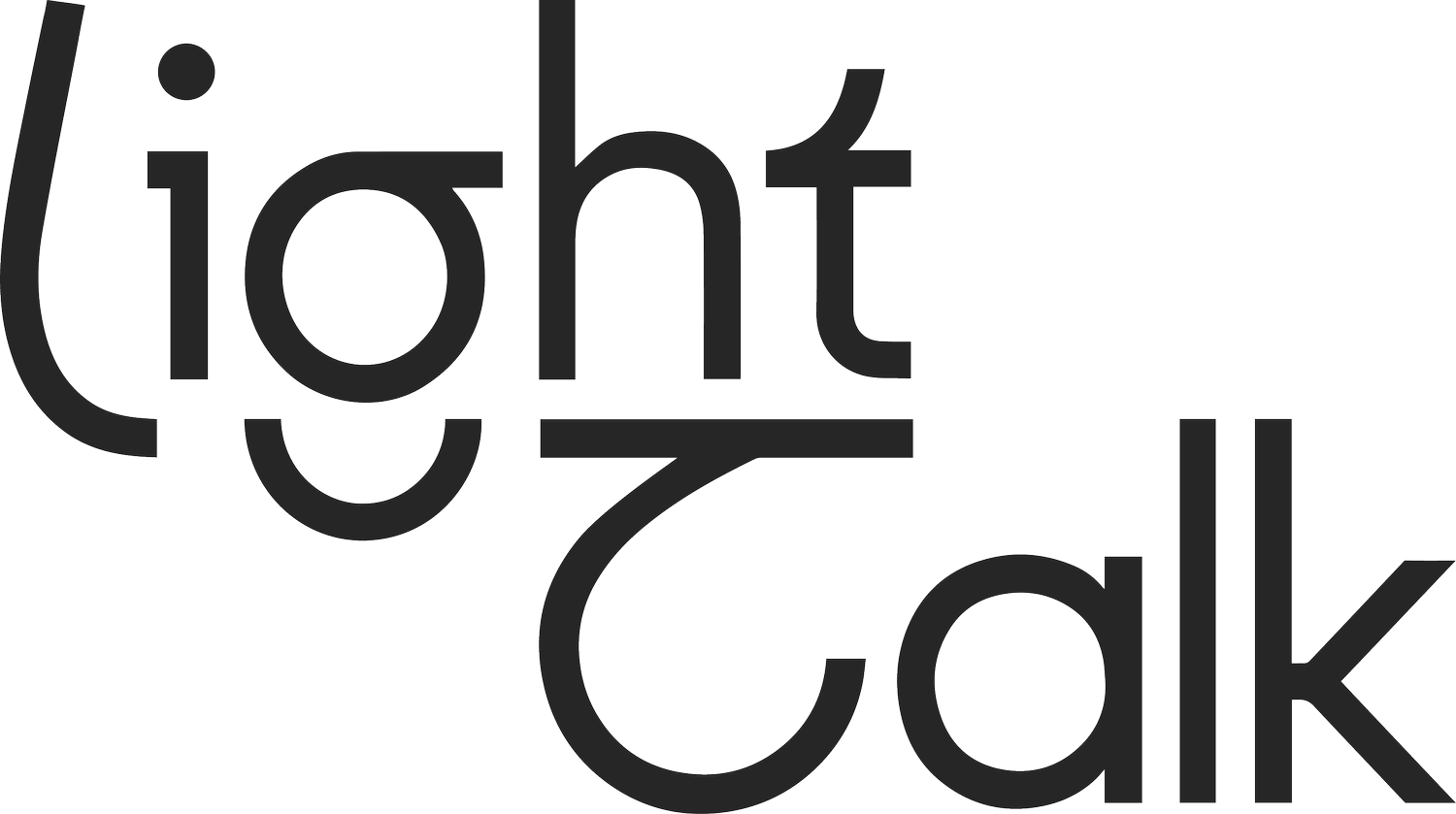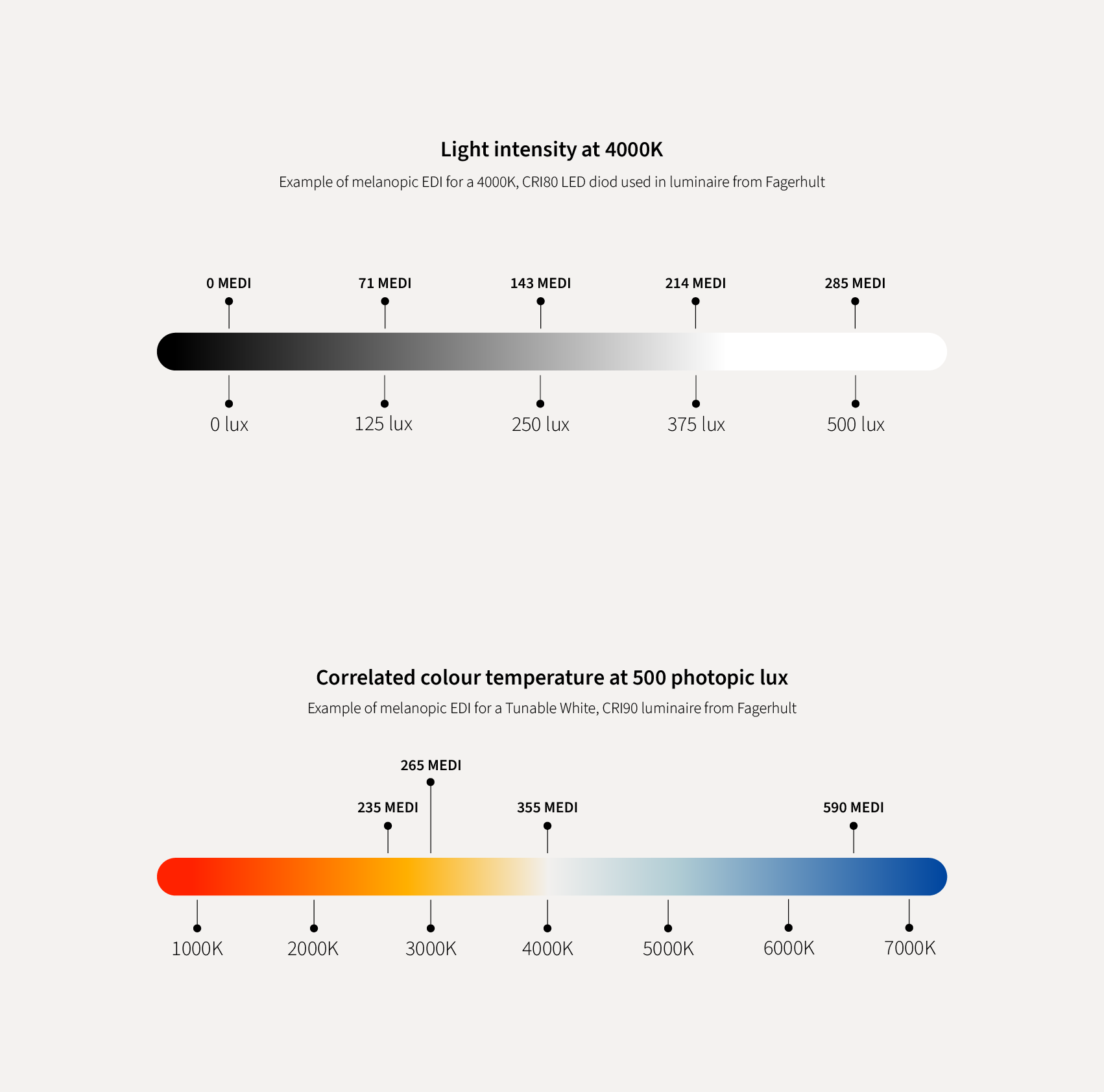The Melanopic Ratio and Lighting Design
Melanopic vs Photopic Lux – Graphs courtesy of Fagerhult
We generally measure light using the unit lux or lumens per square meter. It describes the amount of light that falls on to a surface. It is referred to as a photopic lux and describes the amount of light critical to our vision, making sure we can see well and perform tasks comfortably. However we know that there are also non visual, biological effects of lighting which have been discovered through research and have now been well documented.
It is well known that light affects our circadian rhythms and to better understand this impact researchers introduced the so called melanopic lux, a unit that quantifies how much of the light actually affects our circadian rhythms. Many designers talk about a “holistic” approach to lighting design, touting “circadian lighting”, but besides specifying tunable white light, emulating daylight, how much do they actually quantify what biological (melanopic) impact their design has?
The Melanopic Daylight Effect Ratio (MDER) or just Melanopic Ratio (MR) for easy communication, provides a factor that can be used to indicate and potentially calculate how much of the emitted light of a luminaire installation actually impacts our body clock. The value calculated is expressed as the Melanopic Equivalent Daylight Illuminance (MEDI).
So, if we know the relationship between the photopic lux and the melanopic lux, we can calculate the melanopic impact from the calculated lux levels. A luminaire with a lower MR arguably will require a higher photopic lux level to achieve the melanopic lighting level needs and vice versa.
Luckily for us designers (who like me are not scientists 😊) some manufacturers like Fagurhult, are now starting to list the melnaopic ratios as part of their light fitting technical information. Thanks to the Fagurhult website I managed to get a better understanding which I am trying to share with you to the best of my ability. The website graph shows examples of melanopic lux in comparison to various colour temperatures and photopic lux levels. I will definitely study this a bit further as I feel we owe it to our profession to be at least a bit knowledgeable about this.
Would love to hear some feedback from those who have already applied this in their projects …I personally haven’t, but given the right project context would certainly like to explore the opportunity and provide my client this extra insight.

